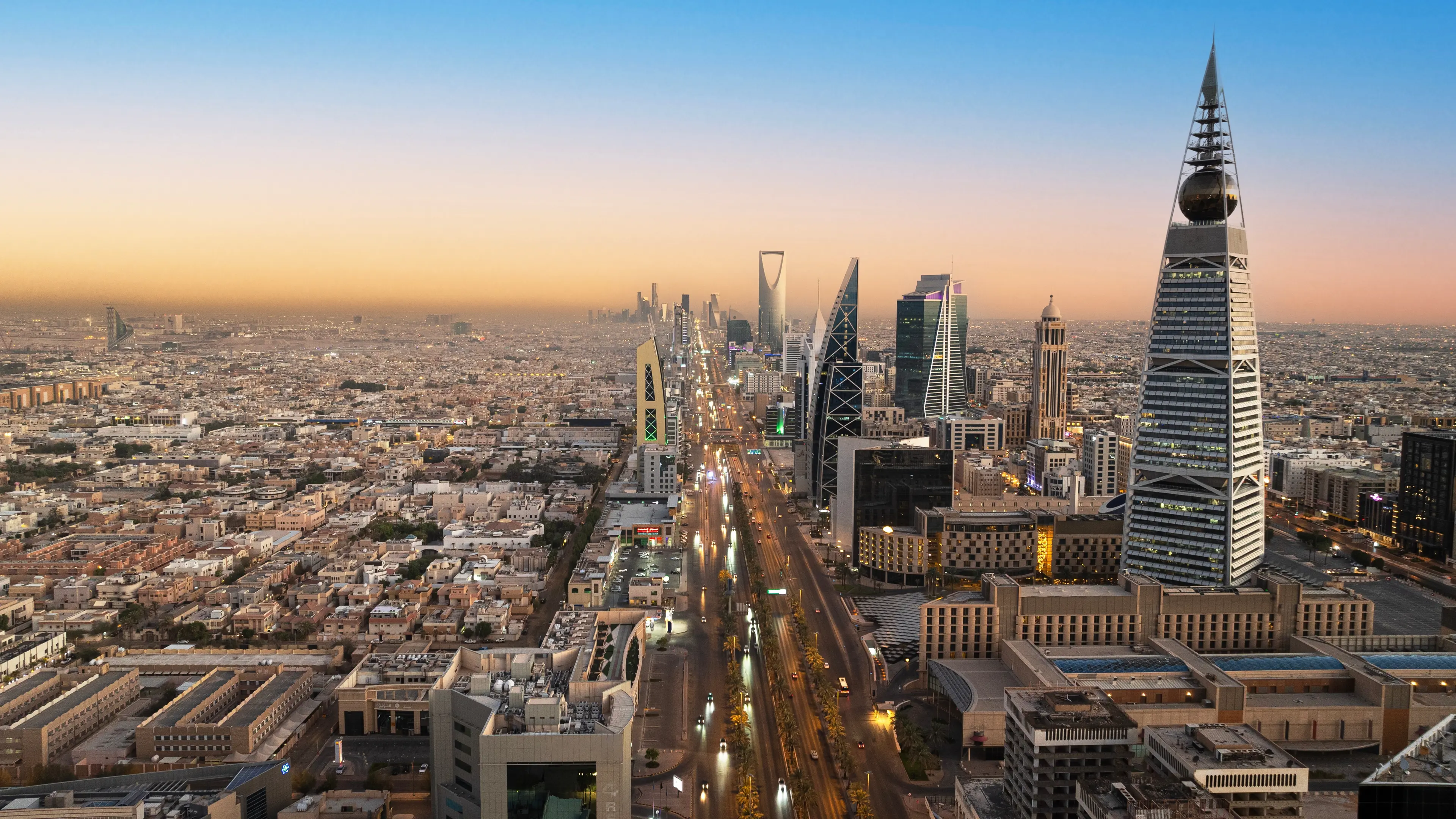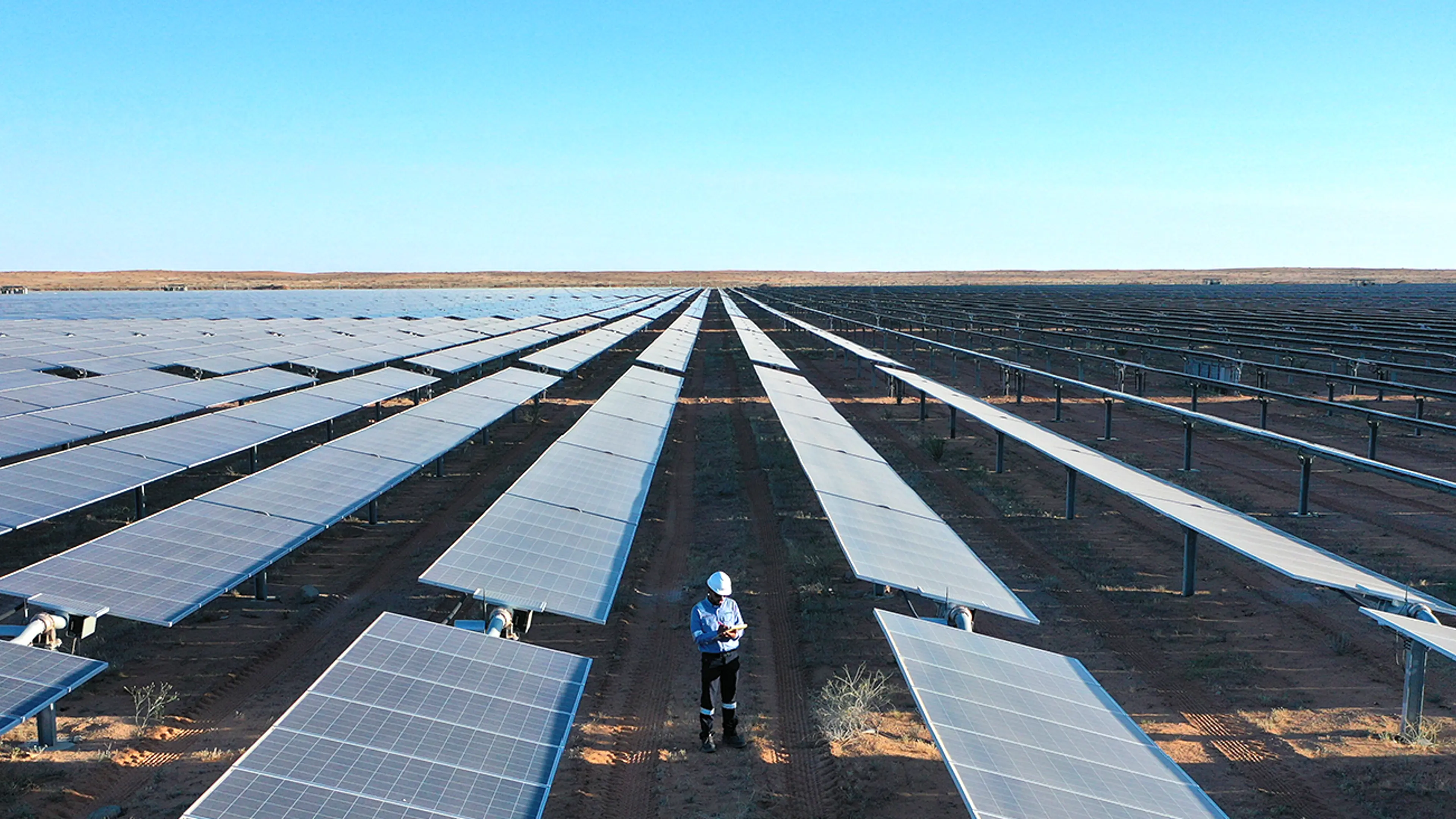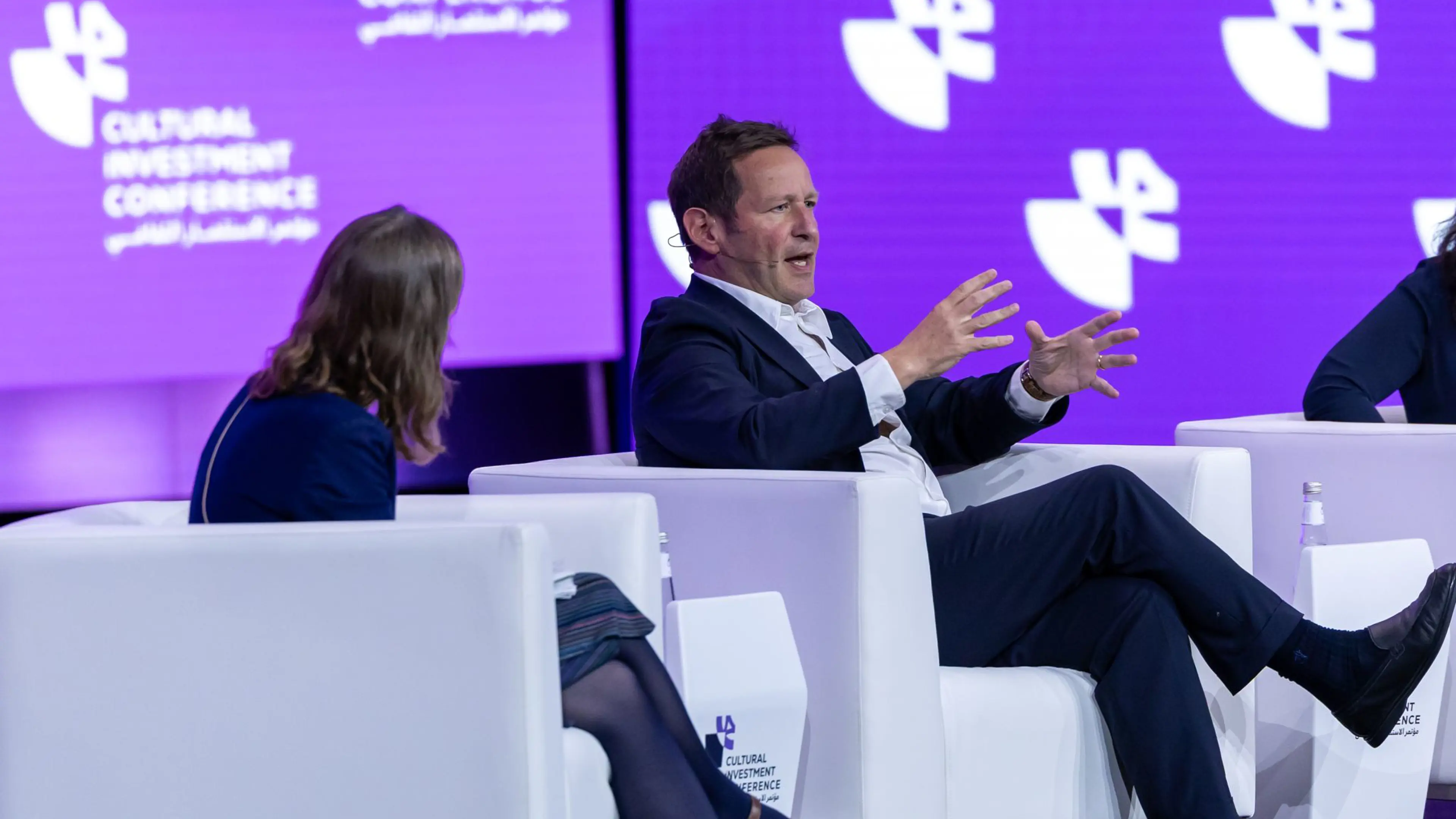Thursday, 10 July, 2025
IMF upgrades forecast for Saudi GDP growth to 3.5% in 2025
The upward adjustment represents a moment of validation for Saudi Arabia's economic transformation under Vision 2030
Shahad Alsubaie - Inside Saudi

In a signal of growing international confidence in Saudi Arabia’s economic transformation, the International Monetary Fund (IMF) has raised its forecast for the Kingdom’s GDP growth in 2025 to 3.5%, up from the previous estimate of 3.2%.
Whilst such a revision may appear incremental on the surface, its implications are far-reaching both in terms of investor sentiment and the broader trajectory of the Saudi economy. This growth is driven not by oil prices, but by real, measurable reforms under Vision 2030 supported by foreign investment, sector diversification, and strong public-private alignment.
This upward adjustment, released in the IMF’s July outlook, reflects the Kingdom’s accelerating shift away from oil dependency towards a diversified, innovation-driven model. More than just a technical correction, it marks a moment of external validation for a nation undertaking one of the most ambitious economic restructurings of the 21st century.
In addition, the IMF noted that Saudi Arabia was the largest emerging market dollar debt issuer last year; however, the Kingdom has considerable room to continue borrowing, with its net debt around 17% of GDP, making it one of the least indebted nations globally.
At Inside Saudi, we have been closely documenting this shift on the ground through firsthand interviews with entrepreneurs and corporate decision makers, site visits to emerging mega projects, and continued engagement with policymakers, institutional investors, and citizens.
Just a decade ago, the Saudi economy’s narrative was inextricably linked to oil. The fiscal balance swayed with Brent crude, and geopolitical tremors in the Gulf could disrupt national growth forecasts overnight. The economy was reactive and not independent, with its rhythm determined largely by external forces.
That dynamic is now being decisively redefined. In Riyadh’s King Abdullah Financial District and the high-tech zones of Dhahran Techno Valley, a new heartbeat is palpable. The non-oil economy spanning tourism, fintech, entertainment, logistics, and clean energy is expanding with unprecedented momentum.
Non-oil GDP grew by 4.9% in Q1 2025, powering total real GDP growth of 3.4% year on year, marking the eighth consecutive quarter of non-oil sector outperformance. Overall unemployment fell to a historic low of 2.8% in Q1, while unemployment among Saudi nationals dropped to 6.3% – also the lowest level on record. Female workforce participation rose to 36.3% (almost double the rate when Vision 2030 was launched in 2016) and female unemployment declined to 10.5%, reflecting meaningful progress. Inflation remains around 2.3%, underscoring robust macroeconomic fundamentals.
Moreover, net FDI reached SAR 22.2 billion (USD 5.9 billion) in Q1, up 44% YoY, reinforcing confidence in the Kingdom’s transformation. Saudi Arabia ranks 13th globally in Kearney’s 2025 FDI Confidence Index, and according to PwC’s 2025 CEO Survey, 77% of Saudi-based CEOs expect economic growth domestically.
These figures aren’t just statistical wins – they represent deeper societal transformation. Across the economy, there is a strong focus on education and workforce development to prepare Saudis for high growth, future facing industries. This is precisely what underpins the IMF’s 3.5% growth forecast. Unlike the oil booms of the past, this revision is not the product of commodity price spikes. It’s the result of structural change. Reforms under Vision 2030 are creating new sectors, encouraging entrepreneurship, and reshaping how and where growth happens.
The Public Investment Fund (PIF) continues to drive giga- and mega-projects, fuelling job creation and expanding SME involvement. With over $900 billion in assets under management and a diversified portfolio that spans everything from clean energy to sports to semiconductor technology, the PIF is not only a sovereign wealth fund, but a national engine of strategy and innovation. Its investments are reshaping the physical and economic landscape – projects such as Diriyah, NEOM, the Red Sea Development, Qiddiya, and the Riyadh Sports Boulevard are not theoretical. They are real, funded and under construction, stimulating thousands of jobs, generating procurement pipelines for small and medium-sized enterprises (SMEs), and attracting global capital into ancillary industries.
Saudi Arabia is also moving quickly on its renewable energy goals. With plans to generate 50% of its electricity from clean sources by 2030, the country is laying down solar fields, green hydrogen facilities, and wind farms at record speed. The NEOM Green Hydrogen Company set to become the largest of its kind in the world is just one of many landmark projects contributing to a more diversified energy portfolio.
On the labour front, unemployment overall and among Saudi nationals has fallen to historic lows, and female labour force participation has almost doubled over the past decade. These figures reflect structural shifts across sectors and cities and signal the Kingdom’s commitment to inclusivity and economic empowerment under Vision 2030.
The macroeconomic picture emerging is one of resilience: a stable currency, healthy fiscal buffers, moderate inflation, and increasingly diversified sources of growth, with the Saudi Central Bank (SAMA) continuing to maintain monetary stability, promote confidence in the financial sector, and support economic growth.
The Kingdom is aiming to attract $100 billion of FDI by 2030. Global companies, including from Germany, South Korea, and the United States are actively establishing regional operations in Saudi Arabia, citing streamlined regulations, a dynamic young talent pool, and a government deeply committed to economic reform. The shift in investor sentiment is profound, moving well beyond anecdotal impressions to confidence grounded in data. Once viewed as a complex and challenging market, Saudi Arabia is now being redefined by measurable progress and a compelling investment narrative.
According to Kearney’s 2025 Foreign Direct Investment Confidence Index, Saudi Arabia achieved its highest ever global ranking of 13th based on a survey of 536 senior executives at the world’s leading corporations. This dramatic rise signals growing international confidence in the Kingdom’s long-term economic trajectory, driven by reforms in regulatory transparency, digital infrastructure, and the investment climate.
That sentiment is echoed by PwC 28th CEO Survey, where 77% of Saudi-based CEOs expressed confidence in domestic economic growth over the next 12 months. Saudi Arabia was cited as the top regional destination where other Middle Eastern CEOs plan to invest outside their home countries. This renewed investor appetite is particularly concentrated in high-impact sectors such as advanced manufacturing, green technologies, and digital infrastructure.
“We are delighted to make history today in Saudi Arabia by opening the country's first car manufacturing facility, which will produce our award-winning electric vehicles and support the country's vision for a more sustainable and diversified economy,” said Peter Rawlinson, CEO and CTO of Lucid Group, when he opened the company’s first international car manufacturing facility in the Kingdom in 2023.
“As Saudi charges toward its Vision 2030, our facility will pave the way for the country's electric automotive industry and the expansion of the supply chain, and with the support of the Saudi Government, we are proud to drive local talent development in the technology industry. We look forward to delivering Saudi-assembled cars to customers in Saudi Arabia and beyond.”
Rawlinson is far from alone in holding these views – perhaps the most powerful change is the one taking place in the workforce. A new generation of Saudis is rising: one that is confident, connected, and capable. Young engineers are managing sustainability portfolios at ACWA Power. Women are leading capital markets teams in Riyadh-based banks. Recent graduates are founding startups in AI, logistics, and biotech, nurtured by incubators in leading universities such as King Abdullah University of Science and Technology (KAUST) and local venture funds.
These are the faces behind the data: Saudis who are actively building the new economy. Education and training reform is accelerating this shift. New partnerships between Saudi universities and leading global institutions are creating a talent pipeline geared for 21st-century industries. Technical programs and academies are equipping youth with the skills needed for real-time economic challenges.
The IMF’s revised forecast isn’t just about fiscal policy or project finance: it is about people. Human capital development is now at the centre of Saudi Arabia’s growth model, and the international community is taking note.
That said, every economic story carries risks. The IMF acknowledged that oil markets remain vulnerable to geopolitical disruptions and that inflationary pressures though currently moderate could re-emerge due to global supply chain shocks or climate-related events. The challenge of turning large-scale capital projects into long-term productivity gains remains ongoing, especially in ensuring the SME sector fully participates in the boom.
Moreover, the policy apparatus must now transition from launching reforms to institutionalising them. Governance, transparency, competition law, and labour flexibility will be key to making the current momentum sustainable. But here again, Saudi Arabia appears to be charting a pragmatic course, with regulatory reforms continuing to respond to investor feedback.
From Inside Saudi’s perspective, the national conversation has matured. It is no longer simply about ambition, but execution. In boardrooms, investment forums, and university auditoriums, the discourse is shifting from “what is possible” to “what works". The IMF’s 3.5% projection stands, therefore, not as a ceiling but as a milestone. It captures a country in the midst of transition not waiting for global validation, but earning it through action.
At the World Economic Forum, Saudi Arabia is no longer attending panels but helping to shape the agenda. In discussions on AI ethics, green energy, and food security, Saudi voices are increasingly being heard not just as regional actors, but as global contributors. And this is what makes the current moment particularly powerful: the Kingdom’s transformation is not only domestic, but increasingly part of a global narrative about emerging markets asserting strategic relevance in shaping the next era of development.
As the Kingdom approaches the second half of Vision 2030’s timeline, the path forward is clear: deepen institutional capacity, protect investor confidence, localise high-tech industries, and ensure inclusive growth. The tools are in place and the ambition is visible. What remains is mastering the ability to turn bold plans into enduring systems. That is the next chapter. For now, the IMF’s upward revision serves as both signal and symbol: it tells the world that Saudi Arabia is not merely reforming, it is performing.

